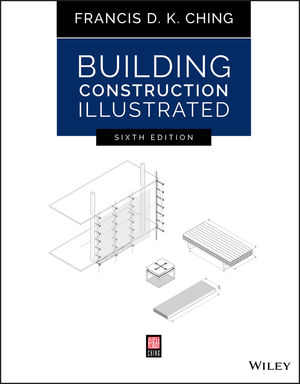Amid a flurry of reports on the prospects of reaching targets aimed at limiting climate change, one analysis has projected the potential for reduced greenhouse gas emissions from cleaner concrete production even with increased use of the material.
According to a nine-page report from researchers at the Massachusetts Institute of Technology (MIT) titled “The Role of Concrete in Life Cycle Greenhouse Gas Emissions of U.S. Buildings and Pavements” that was published in the “Proceedings of the National Academy of Sciences” on Sept. 14, improvements in production and use could lead to a 49% reduction in GHG emissions associated with concrete for buildings and a 14% reduction for paving, between 2016 and 2050. More ambitious efforts could lower emissions by as much as 57% and 65%, respectively, during the same time frame, the researchers say.
A big hitch is that the projections rely on use of available technologies that haven’t yet been widely adopted, according to the report. Jeremy Gregory, the report’s lead author and director of MIT’s Concrete Sustainability Hub (CSHub), says risk aversion and cost premiums have slowed the use of new technologies. “We’re not really going to make any dent in climate change if we don’t change our behavior,” he says.
The researchers spoke with professionals from the concrete sector to get a sense of what is realistic to expect in the future. Then they took a bottom-up approach to reach their projections—taking data on road mileage in each state, the type of roads, types of buildings and materials used—to see how much of an impact something, such as a lower-carbon concrete could have.
The researchers’ models predict practices, including 40% clinker replacement and universal use of “average” carbon capture technology by 2050.
More Ambitious Scenarios
The more ambitious scenarios also have the industry making changes, such as a 19% reduction in concrete consumption per unit of area and reusing 0.1 cubic meter of concrete elements per cubic meter of concrete produced, plus a greater percentage of clinker replacement and the adoption of “the best performing” carbon capture technology.
Concrete’s effects on GHG emissions range beyond its own production. The report found that innovative uses of concrete can play a role in reducing building energy use and vehicle fuel consumption over its lifecycle.
“Owing to their low abatement costs, several concrete solutions should be prioritized in climate change policies,” the report states. “More than one-third of the embodied impacts of building and pavement construction can be offset by implementing concrete solutions.”
For example, the way pavement is designed and maintained affects the fuel consumption of vehicles driving on it. A car driving on a bumpy road uses more fuel to make up for dissipated energy, and heavy trucks create a shallow indentation in soft pavement that simulates continuously driving uphill, according to Gregory.
“One of the more surprising things we found, particularly in the pavement sector, was that we can meet these decarbonization goals in spite of the fact that we project even more usage of concrete,” Gregory says.
Mike Ireland, president and CEO of the Portland Cement Association (PCA), says in a statement that the report “encourages life cycle thinking when it comes to planning and building sustainable infrastructure in the future.”
Gregory predicts government interest could push the market to make low-carbon options the norm through so-called “buy clean” initiatives from state and federal government agencies and incentives similar to those used for renewable energy technologies. He says he’s already seen more transportation departments showing interest in low-carbon concrete for pavements. Ireland agrees that more DOTs are considering it as a factor.
Lower-Carbon Cement Mixes
“The industry is also working on new and innovative lower-carbon cement mixes, such as portland-limestone cement which has a 10% lower carbon footprint than portland cement," Ireland says. It is currently accepted by nearly 40 state DOTs, he adds.
But even the drops in GHG emissions projected fall short of climate goals like the Paris Agreement.
“I don’t think at its current pace it will happen quickly enough for us to hit the targets we want to, and that’s why I think we’re going to need some kind of push from the public sector as well,” Gregory says.
The concrete sector isn’t alone in having a tough climb ahead to hit the Paris Agreement’s targets. Another recent report from the Climate Analytics and the World Resources Institute found global challenges for GHG emission reduction targets aimed at limiting the global temperature rise to 1.5°C by 2100. Still, efforts are continuing and, still another report found that six investments included in President Joe Biden’s proposed $3.5 trillion spending plan could cut nearly 1 billion tons of GHG emissions by 2030.
Julia Garbini, executive director of the Ready Mixed Concrete Research and Education Foundation, says in a statement that the group values CSHub’s work for helping to identify and prioritize the areas with the greatest potential to reduce GHG emissions with a life cycle approach.
PCA is currently developing “a roadmap to carbon neutrality” for the cement and concrete value chain by 2050, Ireland says. The document is on track to be released later this year.






